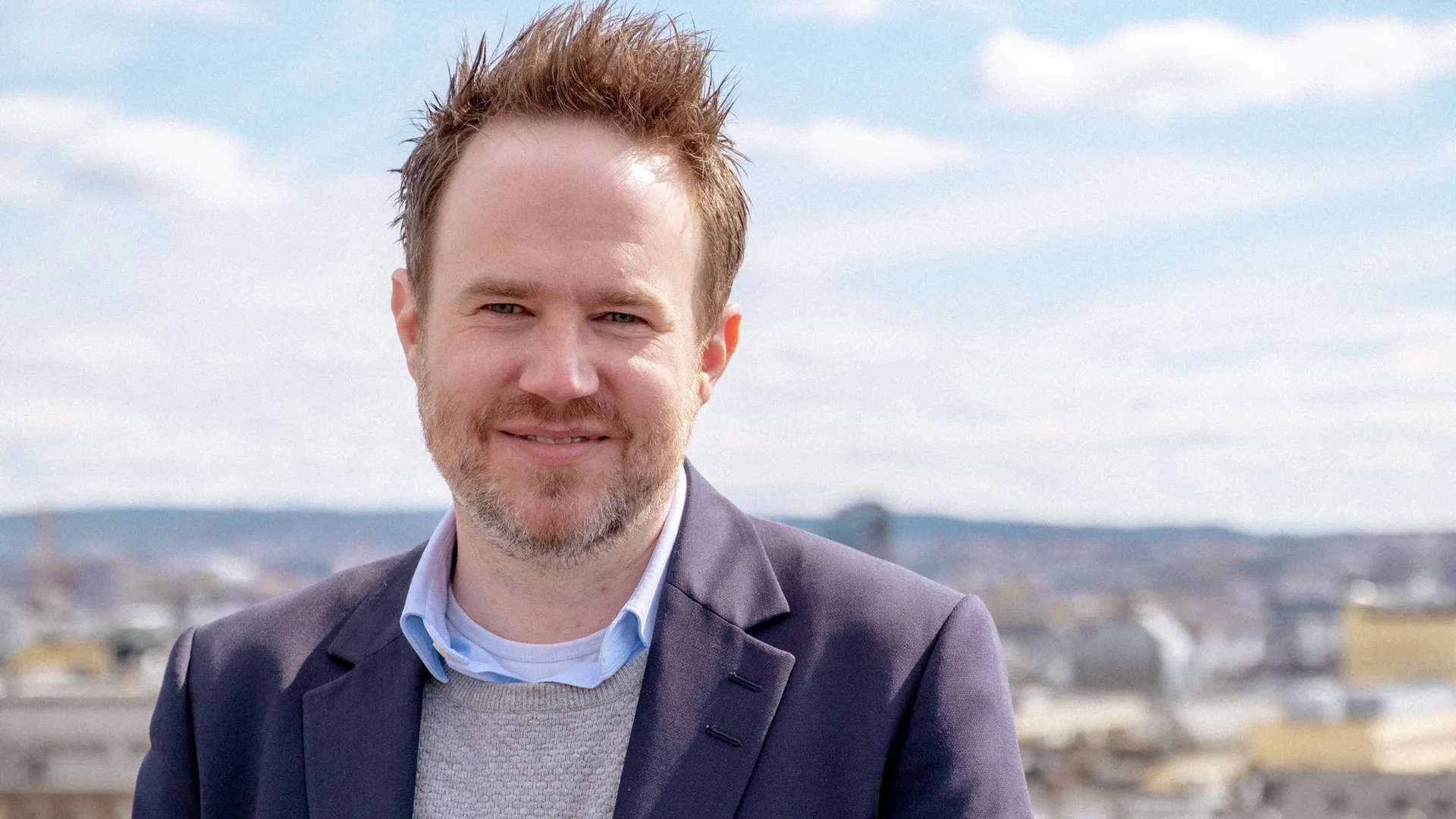Christoffer Hernæs: – We will never be finished with digitalization

– I worked extensively with technology from a strategic perspective until I joined Sbanken and took on the responsibility for the entire bank's IT organization and platform. That's when I disappeared into the tech rabbit hole, and I've stayed there. I don't think I'll ever come out of that hole because that's where I feel most at home. Technology has been a common thread throughout my entire career.
Christoffer Hernæs is a well-known name for most Norwegians working in technology and digitalization. After more than 10 years in banking and finance, he now leads the digitalization efforts in one of the world's largest construction conglomerates.
– We operate with a relatively broad toolbox to achieve our goals. My unit is responsible for digital development, whether through in-house development or the acquisition and implementation of off-the-shelf solutions, as well as the portfolio for investments in technology companies. This way, we can work both organically and structurally and choose the approach that is 'fit for purpose.'
– One of our most important focus areas is the development of industrial software. We see a gap between our needs and what is available off the shelf in the market. Therefore, we are now focused on developing software as if it were commercially available for the entire industry, he adds.
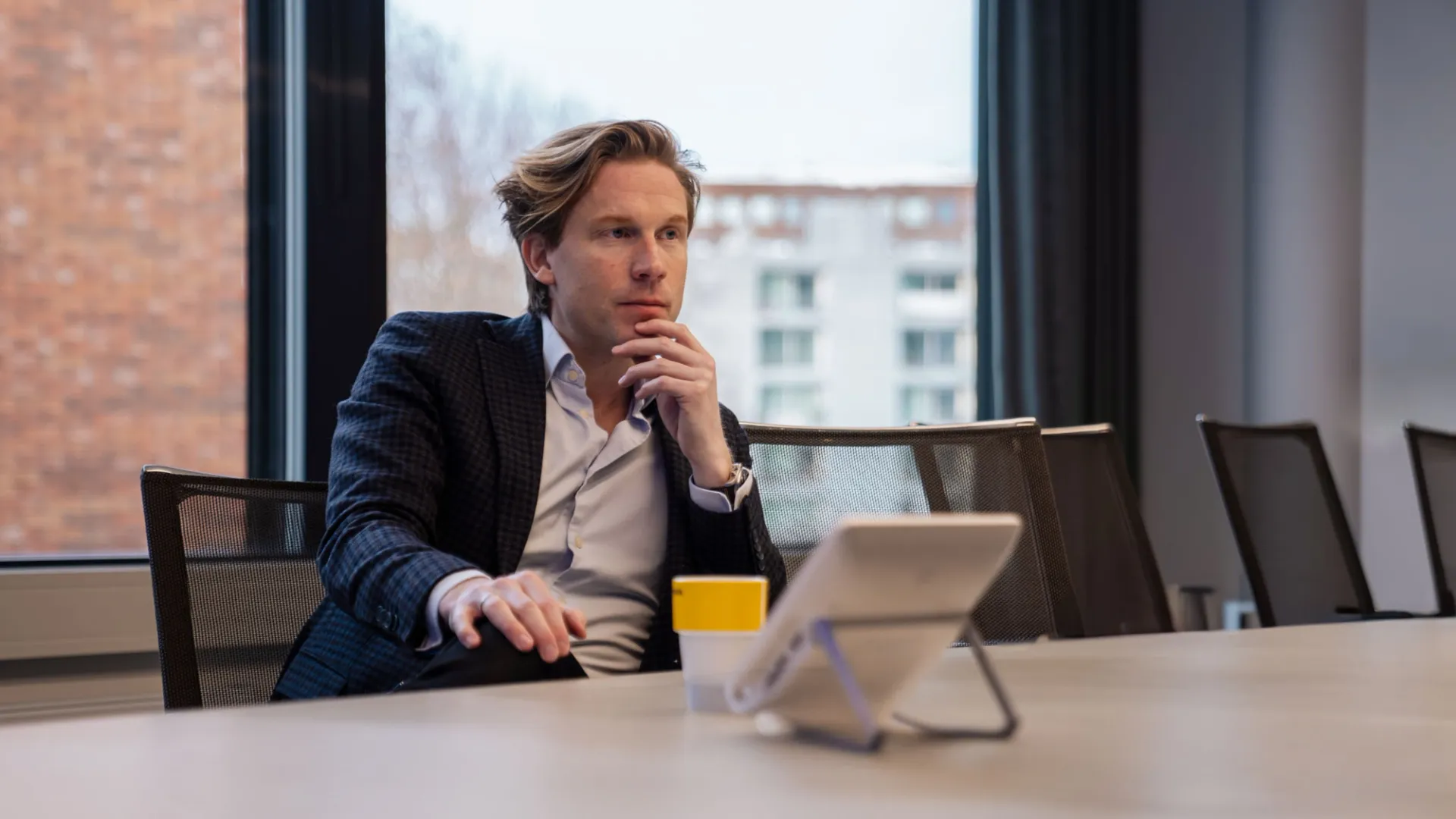
Forte Digital meets Hernæs at Skanska's headquarters in Oslo.
Reached a maturity point
According to Hernæs, the construction and engineering industry has long been perceived as a digital laggard. He believes that the industry has now reached a maturity point where technology can be implemented on a large scale.
– Until recently, we haven't had enough computing power in our pockets to bring new technology to the construction site where it matters. Additionally, it has long been challenging to capture the physical world - where we actually work - and translate it into the digital realm. With the advent of sensor technology, real-time data capture, and cloud services, this has now changed. IT has shifted from being a back-office function to becoming a central part of all construction projects. What is happening in our industry now is incredibly exciting.
Hernæs is clear that data is crucial to harness the potential of new technology. He believes that we have only scratched the surface of the possibilities within the smart use of data.
– There are enormous amounts of data generated in a construction project. Historically, these have been stuck in various silos, but now we can process and analyze these data across devices and projects to a greater extent. That's when the magic happens.
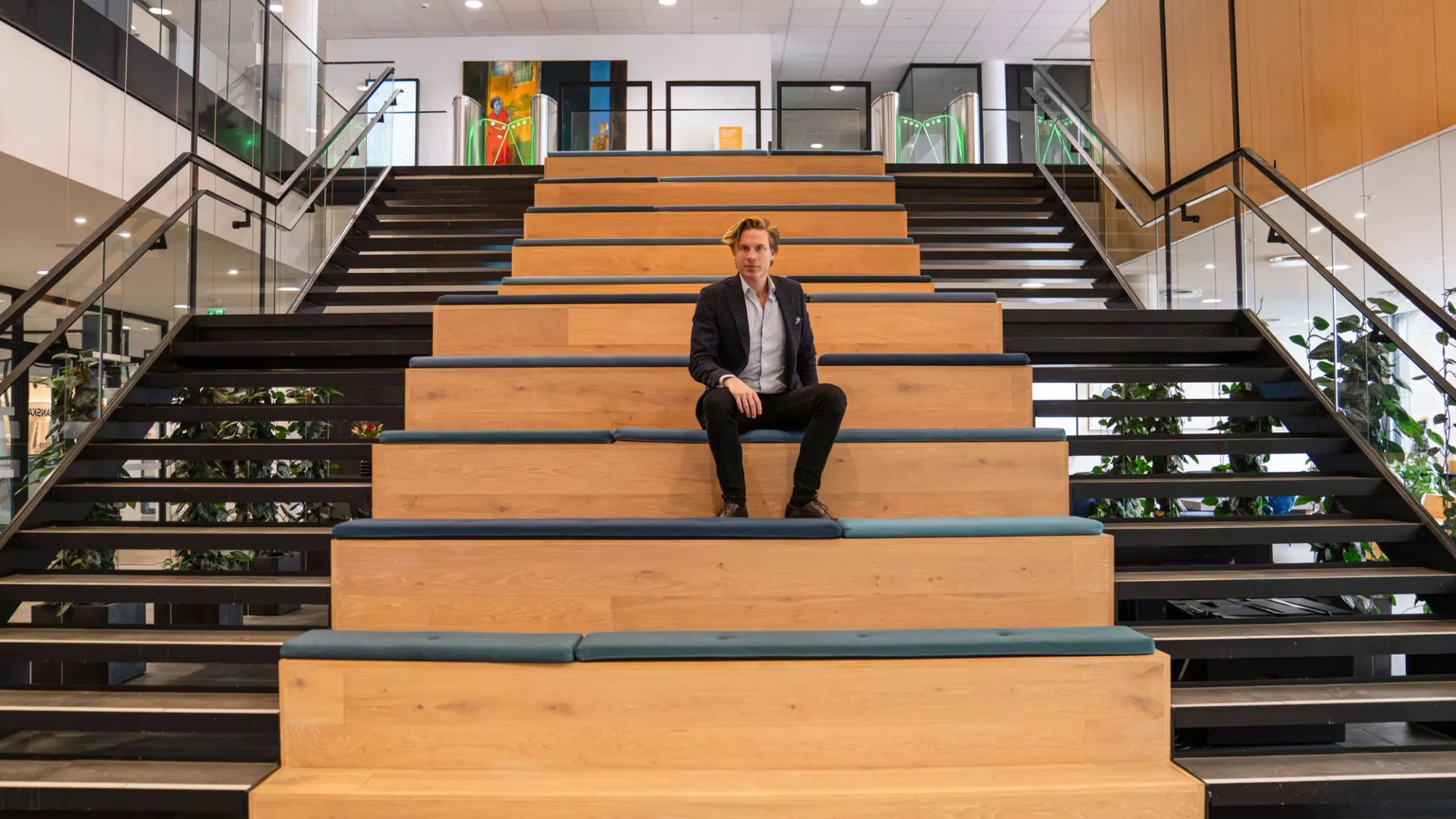
Hernæs believes that data platforms will be crucial for success.
Crucial with data platforms
According to a survey by McKinsey, the construction and engineering industry is the world's largest sector, accounting for 13 percent of global GDP. However, it is also one of the least digitized. Hernæs believes that new digital technologies such as sensors, digital twins, artificial intelligence, and machine learning will yield significant gains for the industry. He emphasizes the establishment and management of a robust and scalable data platform as crucial for success.
The importance of data quality and integrity cannot be emphasized enough.
– Like everyone else, we closely monitor developments in artificial intelligence and machine learning. These are technologies that can provide obvious benefits in our industry, either as tools for process efficiency, processing large amounts of text, or as tools for making better decisions. At the same time, technologies such as IoT, sensors, and digital twins are rapidly making their way into the industry. Data is the most crucial resource we have to support the automation of repetitive processes and, most importantly, to explore extensive use of machine learning and artificial intelligence
About Data Platforms
In this context, a data platform is understood as a flexible IT architecture that provides a framework for the collection, storage, analysis, and management of large amounts of data in a company or organization. The platform can consist of several components, including databases, data warehouses, data storage systems, analysis tools, software for machine learning and artificial intelligence, as well as tools for data integration and administration. These components are typically integrated into a comprehensive ecosystem capable of handling large amounts of data from various sources and formats.
Don't forget the user experience
Hernæs was one of the many speakers at Forte Digital's conference RELEVANS in 2023. Here, he advocated that many overlook user experience when discussing new technology and digitalization.
– Data and exciting new technology are, of course, crucial when working on digitalization. But one should not forget the user experience. Many can probably relate to having expectations for good user experiences in their private lives, but when they come to work, everything seems to be painful and difficult. This is especially important to consider in our industry.
Hernæs explains that construction sites can be challenging places to work, and solutions must be developed to function in the field, both in practice and operationally.
– Solutions are likely not intended for use in meeting rooms and offices like this. They are meant to be used on construction sites. They are meant to be used at heights, deep underground, where it might be dark, wet, and noisy. Perhaps in such settings, you have to record the load of explosives on an app we've created while wearing gloves. In those cases, user-friendliness must be absolutely 'state of the art.' We aim to create solutions that seamlessly integrate with the operations conducted out there in the field.
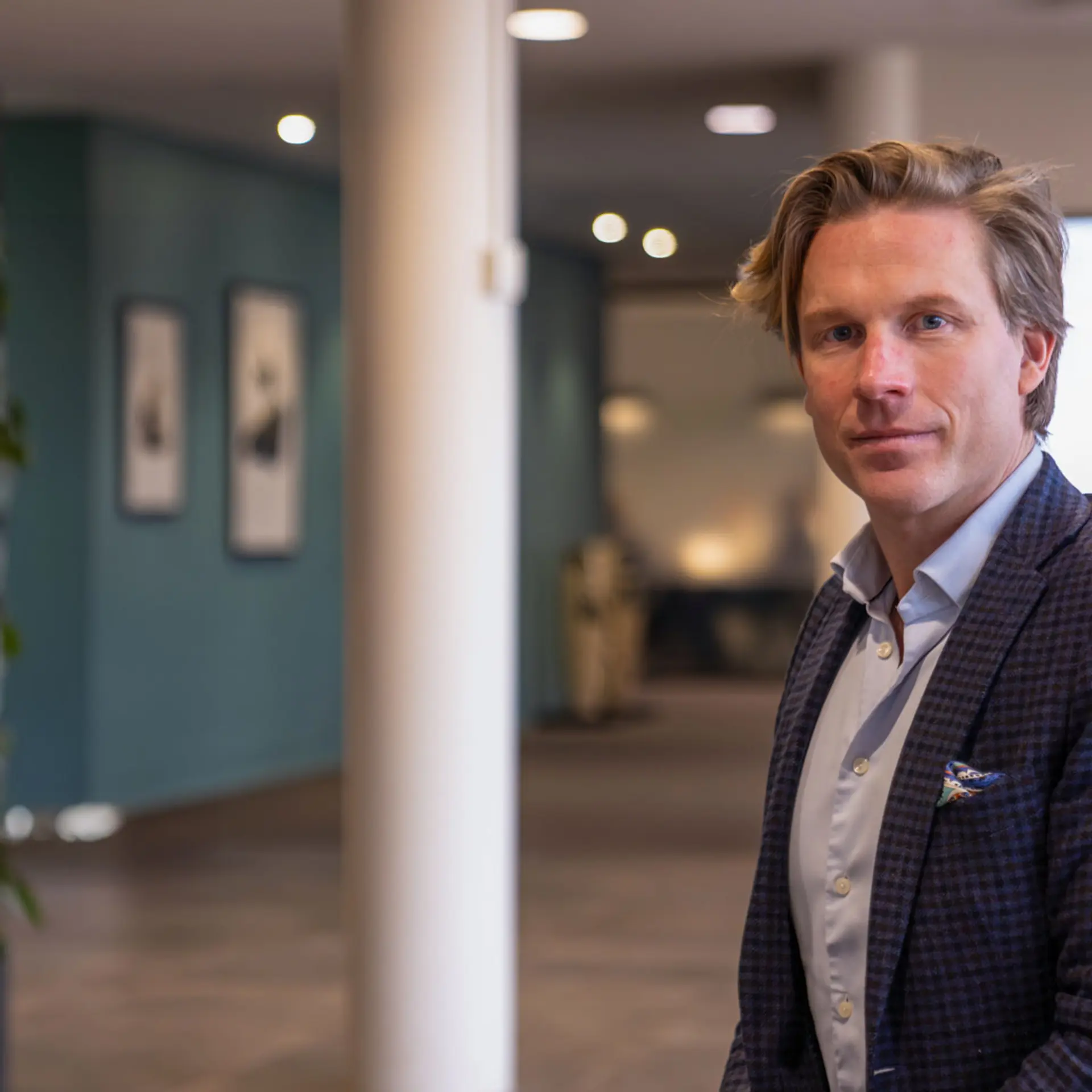
Hernæs was one of many speakers at Forte Digital's RELEVANS conference in 2023.
In our industry, there has long been a kind of misconception that we are not an IT company and that we should only buy off-the-shelf solutions.
We will never be finished with digitization
In the aftermath of the political festival Arendalsuka 2023, you wrote the editorial 'We cannot guess our way to digital transformation.' In it, you mentioned that digital transformation is not a procurement but a continuous process. What do you mean by that?
– In our industry, like many others on the brink of a digital revolution, there has long been a misconception that we are not an IT company and that we should only buy off-the-shelf solutions. This is changing. We need a different approach to digitalization. It cannot be that you go through a bidding process, buy an off-the-shelf system, plug it in, and expect it to solve all your problems. Now it's about continuous development. We must involve the entire organization. We will not reach a point where we are finished with digitization.
Hernæs further explains that Skanska has the ambition for technology and digitalization to become an integral part of core operations.
– Technology is no longer a support process that should be as cheap as possible; it is an integrated part of how we conduct our business. The industry isn't quite there yet, but this is a maturation process. Skanska aims to be at the forefront of digital maturity.
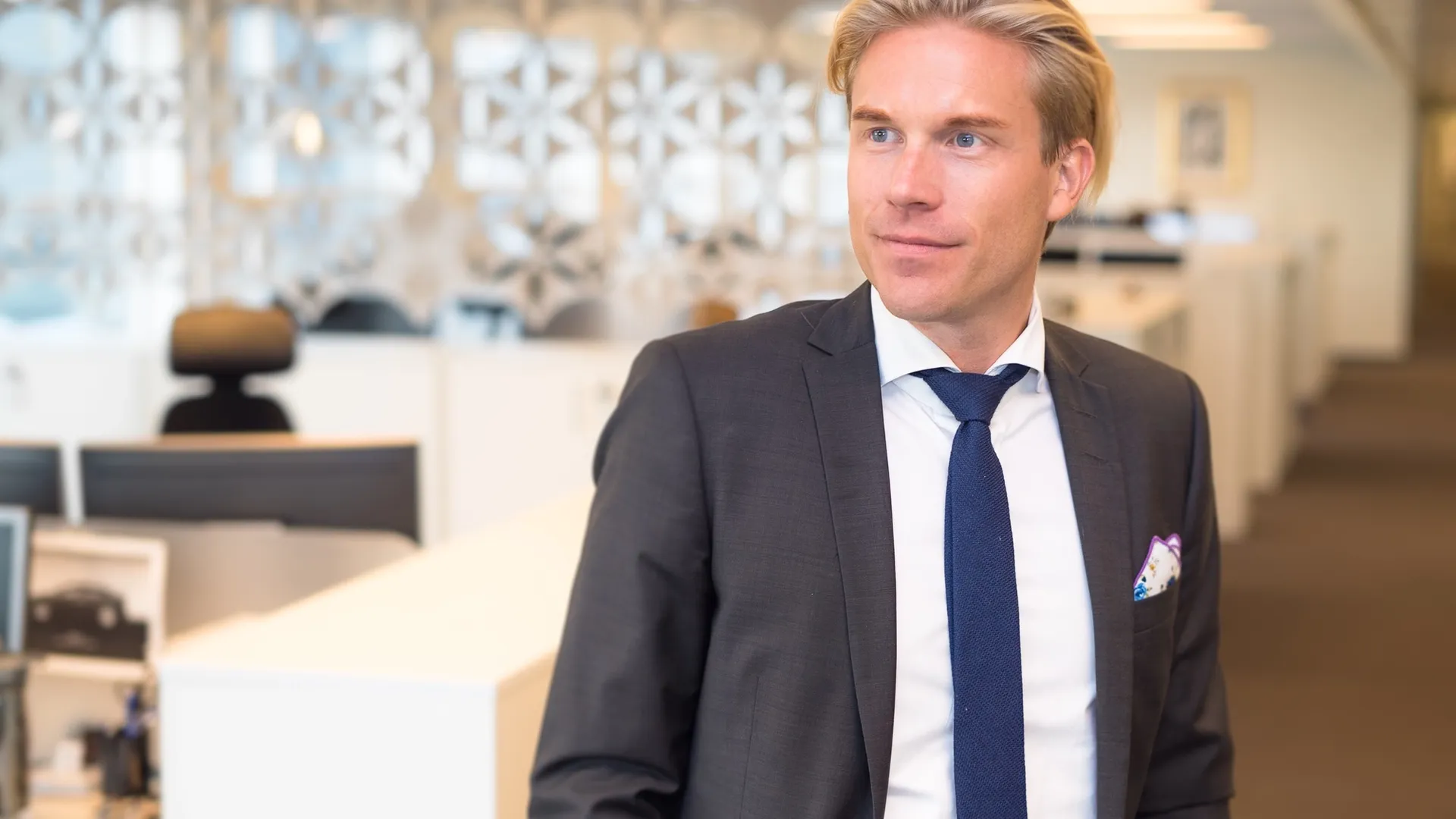
Hernæs believes that digitalization involves two important things
Understand the problem
What is your advice for other leaders who want to succeed in digitization?
– I believe it's about two important things. Firstly, one must understand the problem that needs to be solved. Don't succumb to the temptation of running around with a technical solution in search of a problem.
And what is the second?
– Involve the people. Introducing new digital technologies without sufficient momentum in the organization can be a painful exercise. One must be able to communicate the benefits for individuals who will use these solutions. It requires a good amount of patience, the courage to push forward, and finding a delicate balance between these modes. If changes only happen when you are in the room, you are doing something wrong. Change is about building momentum and should continue with the same strength even when you leave the room.


